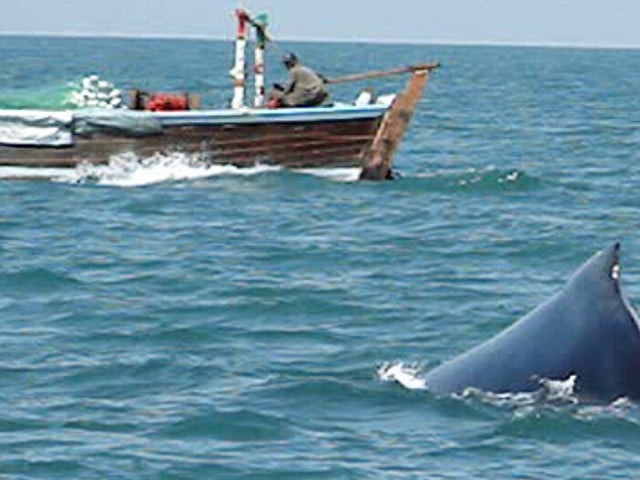IRSA agrees to 28% formula for Kharif
Sindh and Punjab raise objections over water losses

The Indus River System Authority (IRSA) advisory committee on Thursday agreed to distribute water based on 28% losses instead of 40% in the Kharif season following objections raised by Sindh and Punjab provinces.
The IRSA advisory body met under the chairmanship of Zahid Hussain Junejo to approve the Kharif 2022 anticipated water availability and reservoir operation criteria from April 1, 2022 to September 30, 2022.
The technical committee of IRSA had projected 40% losses of water during the Kharif season. However, Punjab rejected it and said it would remain at 10%.
Sindh also turned down the calculation of water losses made by the IRSA technical committee.
Later, Punjab and Sindh province agreed at 28% of water losses.
Now, IRSA would distribute water based on 28% water losses instead of 40%.
During the meeting, Sindh objected to the water distribution formula and called for giving it its full share in early Kharif season for the sowing of cotton crop.
The province also objected to the water distribution on a 3-tier formula, terming it a violation of the Water Accord.
Sindh wants water to be distributed following the historical-based formula which would result in reducing the shares of Punjab.
| Read : IRSA directed to ensure implementation of water accord |
It was also contended by Sindh that any drop in the Indus Basin System be avoided for the province.
“The IRSA advisory committee has given the guideline for recalculating the availability of water, shortages and provincial share as the committee has revised downward the losses with the consensus of the provinces,” its spokesperson Khalid Rana said.
He added that on Friday (today) IRSA will issue new workout based on the advisory committee guideline regarding water availability, water shortages and provincial share.
The metrological department informed the meeting that there was 15% to 20% less snow in the catchment area that would have an impact on the water availability in the country.
The expected system operational constraints of the Water and Power Development Authority (WAPDA) and the provinces during Kharif 2022 were also discussed during the meeting.
The advisory committee reviewed the Rabi 2021-22 system operation and observed that the actual Rim-Station inflows of 22 million acre feet (MAF) remained7% less than forecasted volume of 23.69 MAF.
The committee expressed satisfaction that the actual provincial withdrawals remained at 27.42 MAF, i.e. 25% short against the anticipated shortage of 28%.
The actual system losses of 1.24 MAF were less than expected losses of 1.91 MAF.
Downstream Kotri releases remained 0.258 MAF.



















COMMENTS
Comments are moderated and generally will be posted if they are on-topic and not abusive.
For more information, please see our Comments FAQ